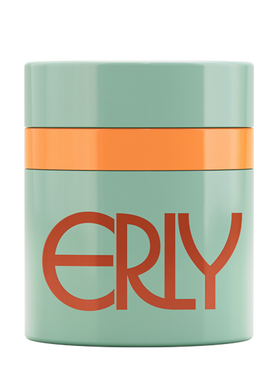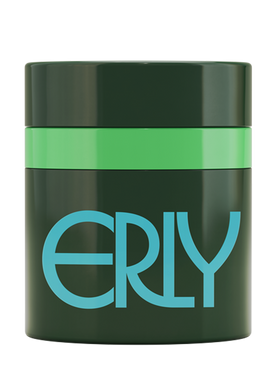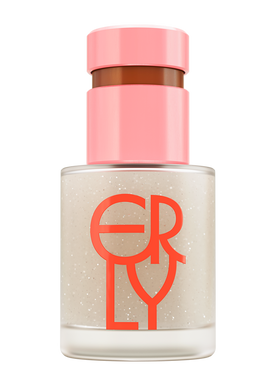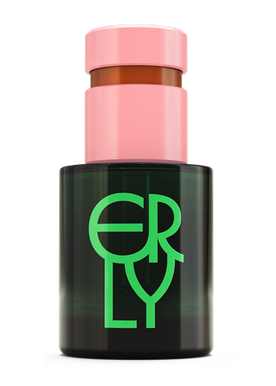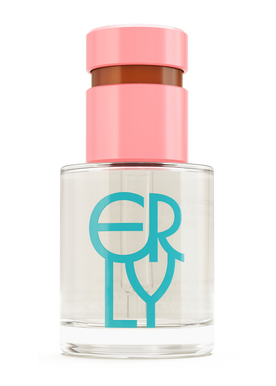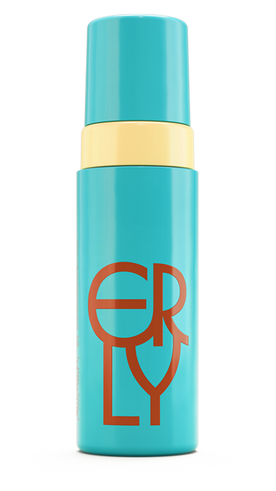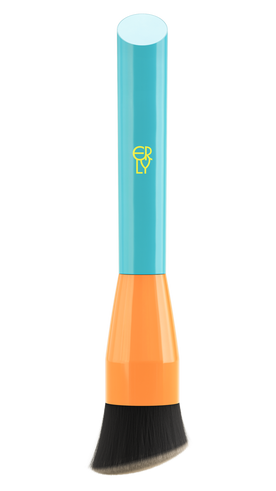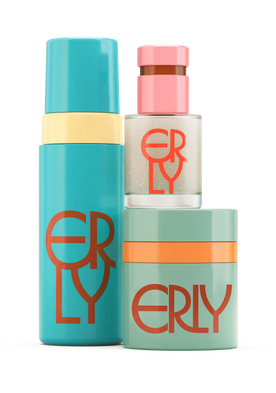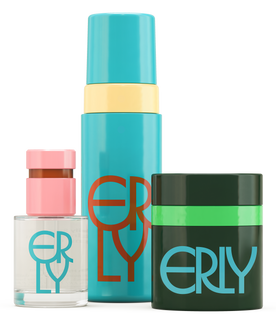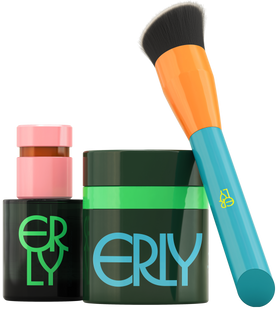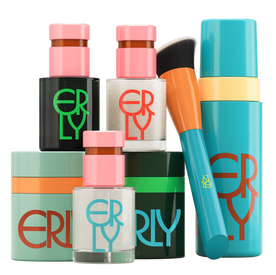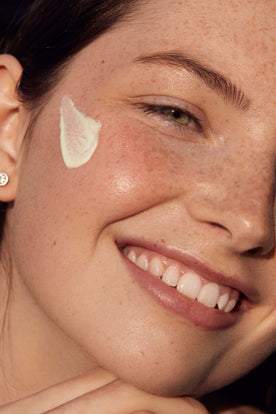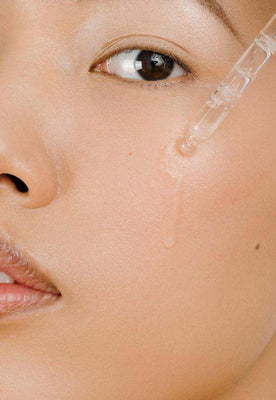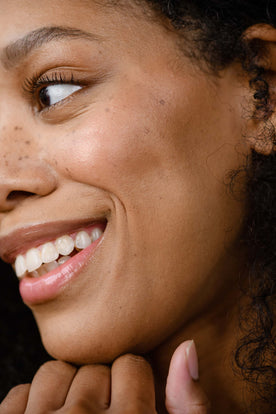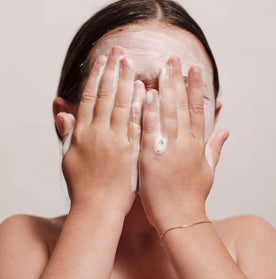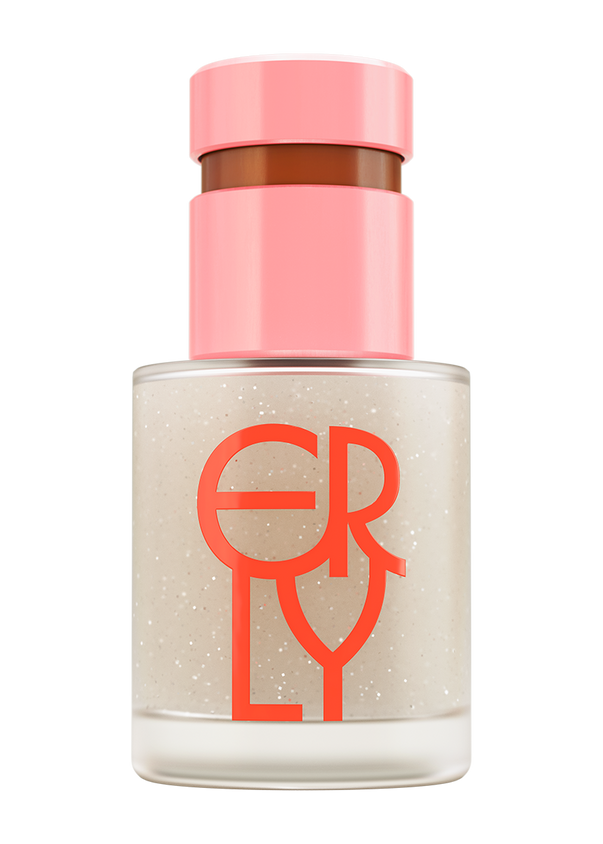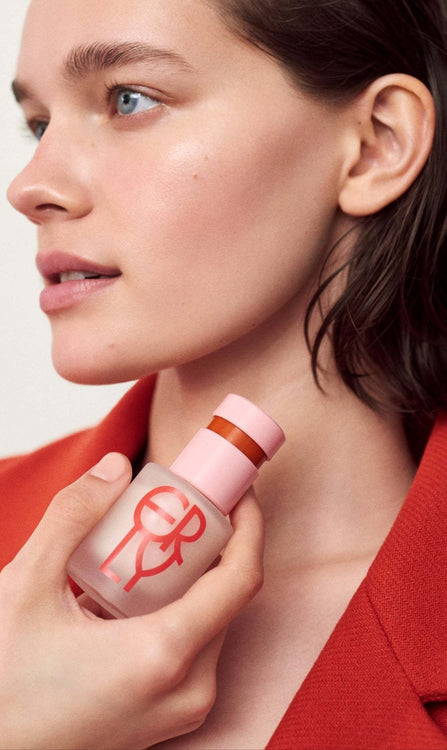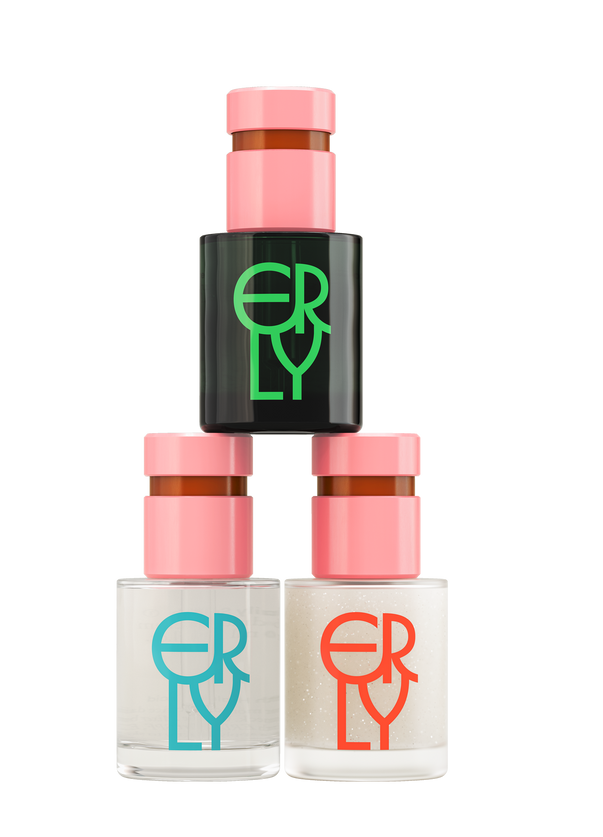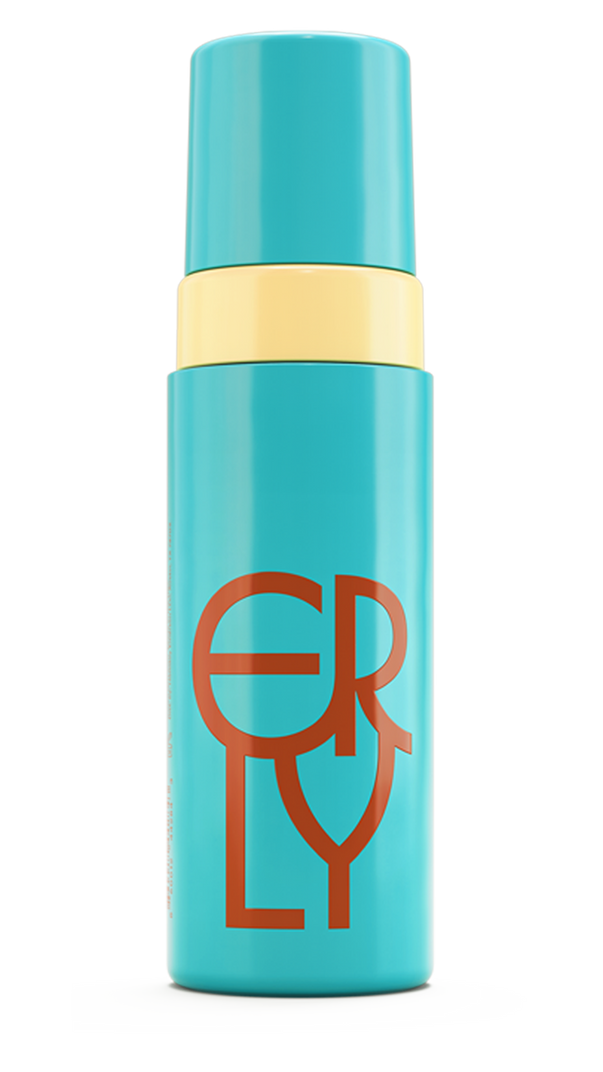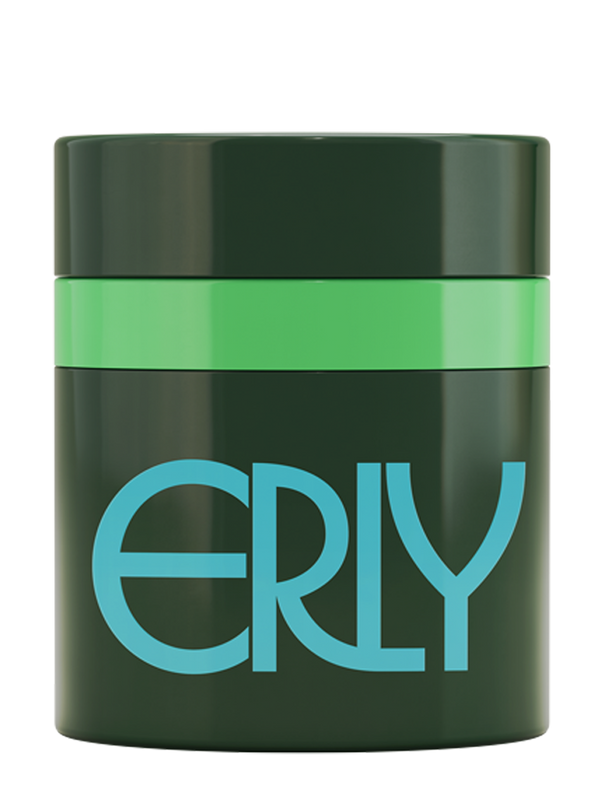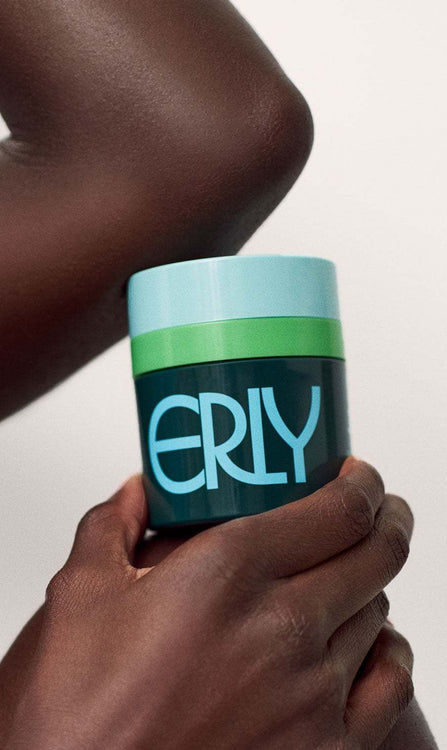Hyperpigmentation treatments don’t have to be harsh to be effective. Hyperpigmentation is one of the most common skin concerns—caused by an overproduction of melanin that leads to dark spots, uneven skin tone, and discoloration. It can be triggered by sun exposure, hormonal shifts, post-acne marks, or inflammation.
While it’s not harmful, hyperpigmentation can impact the skin’s clarity and confidence. The good news? With the right ingredients, it’s possible to fade discoloration gently and effectively. In this post, we’ll explore two standout ingredients—phloretin and niacinamide—and how they work to reduce and prevent hyperpigmentation without irritating sensitive skin.
Understanding Hyperpigmentation
Before diving into how phloretin and niacinamide work, it’s important to understand the different types of hyperpigmentation:
-
Sunspots (Age Spots): These are the result of prolonged sun exposure, leading to the accumulation of excess melanin in specific areas.
-
Post-Inflammatory Hyperpigmentation (PIH): This type of hyperpigmentation occurs after skin trauma, such as acne, cuts, or other forms of irritation. It manifests as dark spots left behind after the injury heals.
-
Melasma: A type of hyperpigmentation often triggered by hormonal changes, such as pregnancy or birth control use. It presents as larger, irregular patches of darker skin, typically on the face.
How Phloretin Helps with Hyperpigmentation
Phloretin is a powerful antioxidant derived from apple trees, known for its ability to inhibit melanin production. By preventing the overproduction of melanin, phloretin helps to brighten the skin and reduce the appearance of dark spots and discoloration.
Key Benefits of Phloretin for Hyperpigmentation
-
Melanin Inhibition: Phloretin targets and reduces the activity of the enzyme tyrosinase, which is responsible for the production of melanin in the skin. By limiting melanin production, phloretin helps prevent the formation of new dark spots.
-
Brightening Effect: Regular use of phloretin can gradually lighten existing dark spots, giving the skin a more even tone and brightening overall complexion.
-
Antioxidant Protection: Phloretin’s antioxidant properties protect the skin from oxidative stress caused by free radicals, which can exacerbate hyperpigmentation and skin aging.
Phloretin is a key ingredient in products like ERLY Daily Dew Illuminating Serum, which is specifically designed to target skin discoloration and uneven tone, making it an excellent choice for those dealing with hyperpigmentation.
How Niacinamide Helps with Hyperpigmentation
Niacinamide, also known as vitamin B3, is a potent anti-inflammatory and antioxidant ingredient that provides a wide range of benefits for the skin, including the ability to address hyperpigmentation.
Key Benefits of Niacinamide for Hyperpigmentation
-
Inhibits Melanin Transfer: Niacinamide works by inhibiting the transfer of melanin to the skin’s surface, effectively preventing the darkening of skin spots.
-
Reduces the Appearance of Dark Spots: Niacinamide helps to lighten existing hyperpigmentation and dark spots by reducing melanin production and enhancing the skin’s natural renewal process.
-
Improves Skin Barrier Function: By strengthening the skin barrier, niacinamide helps the skin retain moisture, which is crucial for maintaining an even skin tone.
-
Anti-Inflammatory Effects: Niacinamide helps to reduce inflammation, which can be a contributing factor to the development of post-inflammatory hyperpigmentation.
Niacinamide is a star ingredient in both Daily Dew and Daily Soothe, which contains niacinamide to reduce redness and help even out skin tone while supporting skin’s barrier function.
How to Use Phloretin and Niacinamide for Hyperpigmentation Treatments
To get the most out of phloretin and niacinamide for hyperpigmentation, it’s essential to use them in the right way.
-
Apply After Cleansing: Start with a gentle, hydrating cleanser to remove dirt and impurities from your skin. This helps prepare your skin to absorb the active ingredients.
-
Serum Application: Apply a serum containing phloretin or niacinamide directly to the skin. Both of these ingredients can be used together or separately, depending on your skincare needs.
-
Follow with Moisturizer: After applying your serum, lock in hydration and support your skin’s barrier with a nourishing moisturizer.
-
Daily Sunscreen Use: Unprotected exposure to the sun worsens hyperpigmentation and increases the risk of skin cancer, so it is important to wear sunscreen, like ERLY Start Moisturizer with SPF, daily.
Conclusion
Hyperpigmentation can be one of the most stubborn and frustrating skin concerns to treat. From sunspots and melasma to post-acne marks and general discoloration, dark spots often linger long after the underlying cause has resolved. However, with the right ingredients and a consistent routine, visible improvement is absolutely possible. Two standout ingredients in hyperpigmentation treatments are phloretin and niacinamide—both of which target pigmentation at different layers of the skin.
Phloretin, a potent antioxidant, helps prevent new pigmentation from forming by protecting against environmental stressors, while niacinamide works to fade existing spots, improve skin barrier function, and calm inflammation. Together, they create a powerful, well-rounded approach to treating uneven skin tone without harsh or irritating actives.
If you're looking for hyperpigmentation treatments that are gentle, effective, and suitable for all ages and skin types, ERLY’s dermatologist-developed formulas are a great place to start. Our products are made to reduce the appearance of dark spots and discoloration, helping you achieve a smoother, more even complexion—without overcomplicating your routine.
By pairing proven ingredients like phloretin and niacinamide with daily sun protection and a simple, consistent skincare regimen, you can take meaningful steps toward clearer, more uniform skin. Hyperpigmentation may take time to fade, but with the right approach, progress is absolutely within reach.
